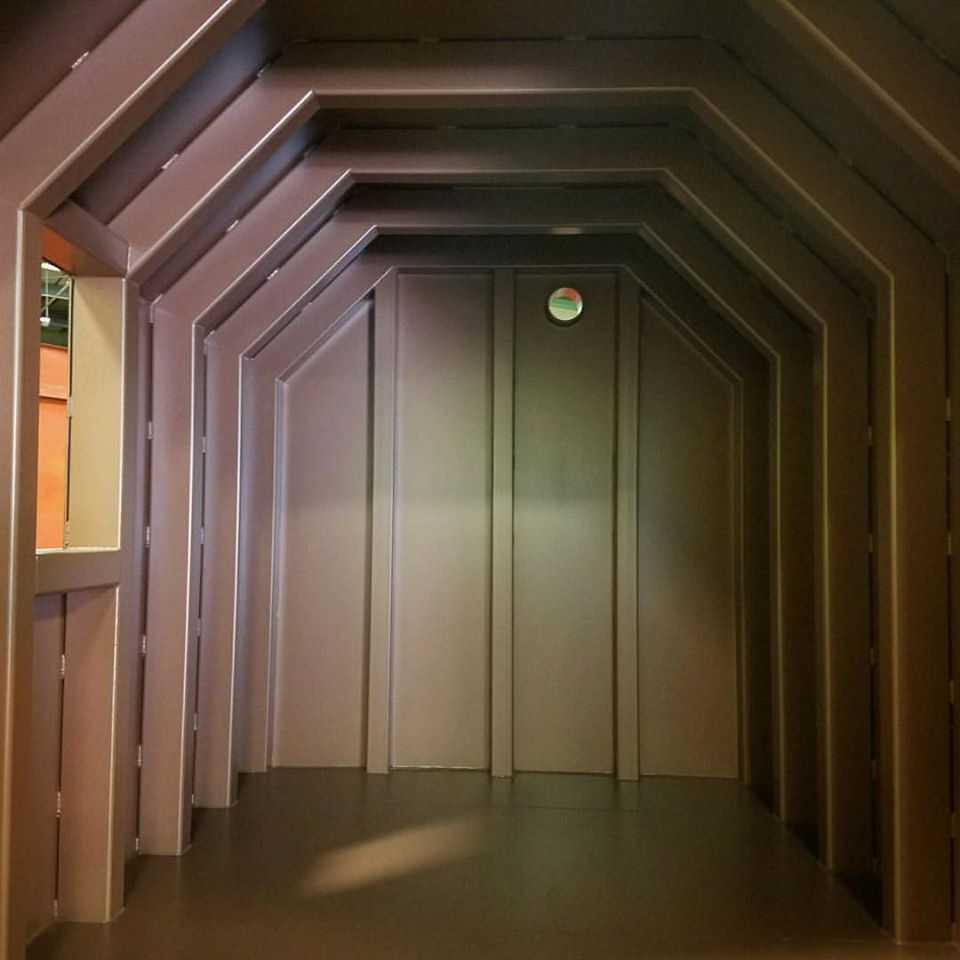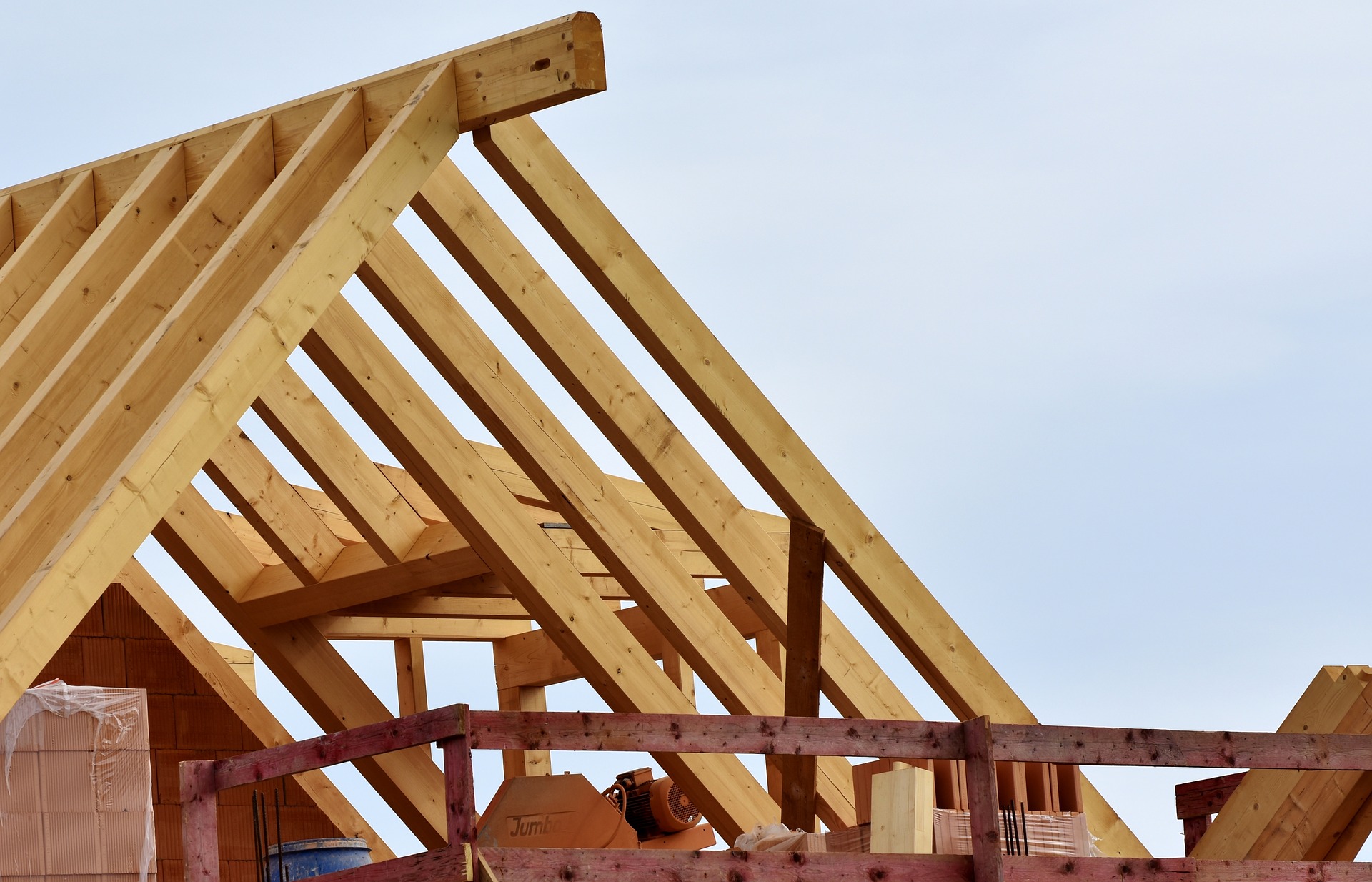We don’t have to tell you that the cost of building has skyrocketed in recent months. Building has become much more than just an expensive hobby. A trip to the hardware store can set you back for months. Even small building projects, like a back deck or patio can immediately drain your bank account. But why is this? Why are building materials so expensive? It’s as if pricing jumped overnight. While some people might be quick to blame inflation, there are far greater issues at play that affect long-term pricing. The short answer is that pricing has gone up due to simple issues of supply and demand economics. Many economic forecasters believe it will be 2023 before the price of building materials return to pre-pandemic levels.
During last year’s global pandemic, building came to a screeching halt. Stay-at-home orders became the law of the land. Suddenly, millions of Americans were stuck at home with nothing to do. With so much time on their hands, handymen and those looking to pick up a new skill-set picked up a hammer and got to work. What transpired was truly a building renaissance, but there is a high price to pay with such creativity. As these renovators churned out countless decks, playhouses and patio furniture, a storm silently grew on the horizon. When building resumed late 2020, mill output struggled to keep up. Wood product companies were already in the process of building new mills as production shifted to the south, but sudden increases in demand were too much to handle. Low mortgage rates also brought more potential buyers into the real estate game. A perfect stormed had ensnarled the market. Then there is also the issue of labor. Stimulus checks and unemployment insurance benefits have also made it more difficult for mill operators to fully staff their operations. And we can’t forget about logistics issues…. Gasoline shortages that came as a result of the Colonial Pipeline hack and lowered plywood production have only exacerbated the woes brought on by increases in pricing.
Get the most ‘bang for your buck’ with a panelized steel safe room kit

Wood isn’t the only building material to suffer. Steel prices have also reached record highs. Earlier this May, future prices for 20-ton rolls of steel sheeting exceeded $1,600 per ton! That’s a first! Rises in scrap and iron ore pricing immediately put steel producers in a bind, as well. As businesses stepped up production in light of lessening pandemic restrictions, surges in demand and pricing followed. Consolidations in the steel market have also allowed producers to exert even more control on potential buyers. Tariffs on foreign steel have also kept cheaper steel imports out, allowing American steel to take full control of the domestic market. While there is talk among world leaders about negotiations that could lift the US tariffs, we don’t expect steel pricing to drop anytime soon. As you can tell, several external factors are putting the squeeze on traditional manufacturer. As always, the customer will undoubtedly suffer. So, what can be done?
Although there’s not a lot we can do about pricing, we can offer our customers the best value for their hard-earned dollar. Steel protection is never cheap. In fact, it shouldn’t be. Our steel panelized safe room kits and aboveground shelters are tasked with protecting you from projectiles powered by 250 mph winds. Would you even want to go the cheaper route in that situation? Although it is ingrained within us at an early age to always seek out the best deal, you should never settle for the cheaper option when it comes to protecting your loved ones. Invariably, you will see some Craig’s List ad or a roadside hawker singing the praises of sunk shipping containers as the cheaper safe room alternative. While the price tag of a shipping container might catch your eye, it’s a detriment to your family’s safety. They are designed for shipping materials, not for burying below ground as a bunker, nor are they water-tight, leaving much to be desired for any long-term safe room considerations. Pressure from dirt and a lack of adequate support or truss systems can cause sunken containers to buckle and crumple like sardine cans from both the side and the top. The containers, leaving much to be desired for waterproofing, will also leak, creating many internal concerns and health risks for storage materials, with mold and mildew.
Modular Safe Room Features and Benefits
- Customized steel panels can retrofit any room
- Panels come in single units and are lightweight
- Installed by a professional or by you
- Protection against burglary
- Protection against natural disasters
- Protection for your valuables
- Discreet and easy to install
- Save the lives of loved ones, employees, and coworkers
- Peace of mind






